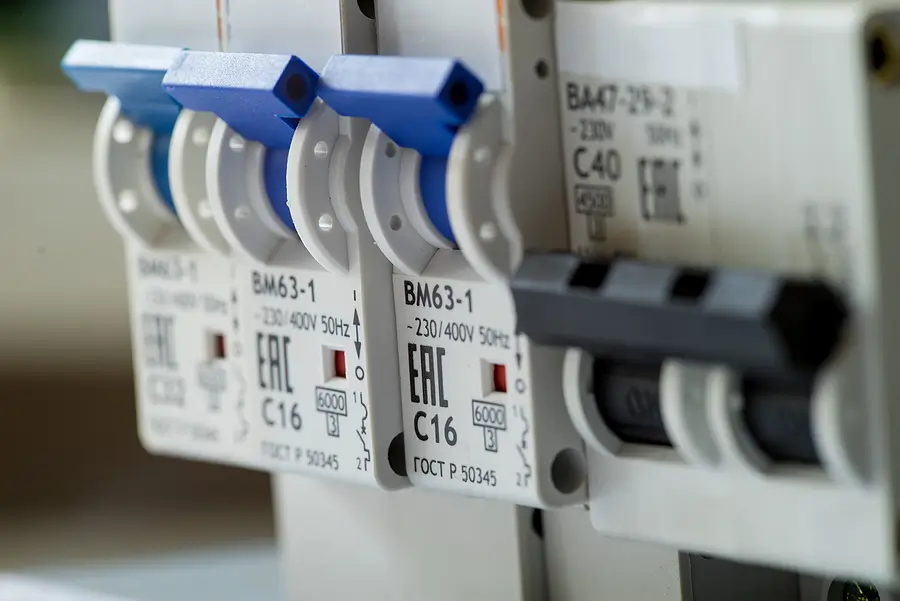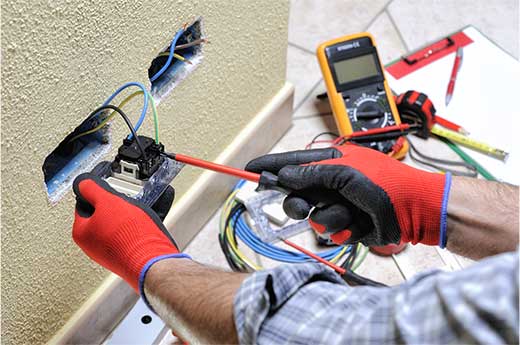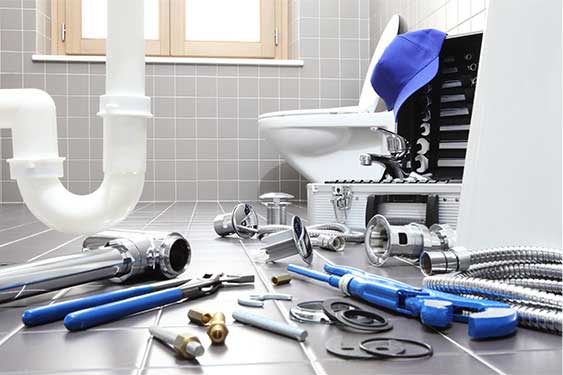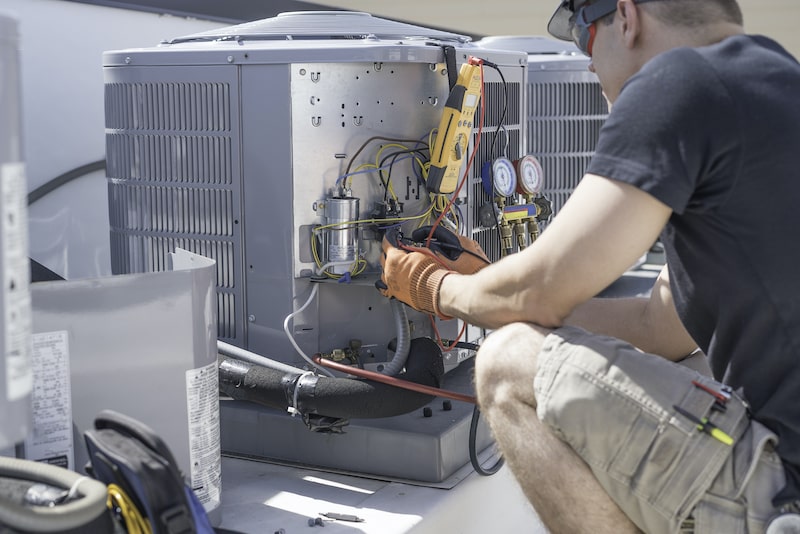Have you noticed your lights flickering or your appliances mysteriously losing power? These may not just be minor annoyances—they could be signs of a bad circuit breaker.
Understanding the symptoms of electrical issues and learning how to address them can save you from potential electrical fires and other hazards.
In this blog post, we’ll equip you with the knowledge to identify bad circuit breakers, their causes, and steps to fix them.
We’ll also provide practical tips to help you prevent future electrical mishaps, ensuring your property remains safe and functional.
Identifying a Bad Circuit Breaker
You may ask, "How can I tell if a circuit breaker is bad?" A bad circuit breaker can cause frequent tripping, leading to electrical problems that disrupt your daily life. It’s crucial to recognize these signs early to prevent more serious issues down the line.
Frequent Breaker Trips
When a breaker is bad, it trips frequently. Frequent tripping can be annoying, but it's often a symptom of deeper electrical faults. It might indicate an overloaded circuit, or worse, a faulty breaker. This could lead to more severe electrical issues if not addressed promptly.
An electrician or a property maintenance company that provides electrical work can help determine whether the breaker needs replacement or if additional circuits are necessary.
Visible Signs of Damage
Visible damage such as scorch marks or melted wiring on your circuit breaker panel is a clear indicator of a failing circuit breaker. These signs point to internal damage, which can pose significant electrical hazards.
If you spot such damage, it’s essential to unplug all electrical appliances and devices immediately until a professional electrician can assess and replace the bad breaker.
Causes of a Bad Circuit Breaker
Understanding what causes a circuit breaker to fail can help you prevent future issues. Several factors can lead to bad circuit breakers, including overloaded circuits, power surges, and faulty electrical panels.
Overloaded Circuit
An overloaded circuit occurs when too much power flows through the breaker, often due to high-load electrical appliances. This can cause the breaker to wear out faster than expected, leading to frequent tripping and eventual failure.
Upgrading the breaker or disconnecting some appliances from the same circuit can mitigate this risk.
Electrical Surges or Power Outages
Power surges, often caused by lightning or high voltage from the grid, can damage breakers. Even surge suppressors can fail during particularly severe surges.
If you suspect a surge has occurred, it’s wise to call an electrician immediately to check the electrical wiring and ensure everything is functioning correctly.
Symptoms of a Faulty Electrical Panel
A faulty electrical panel can cause various symptoms, from flickering lights to power fluctuations. Recognizing these symptoms early can prevent further electrical problems.
Power Fluctuations and Flickering Lights
Flickering lights and power fluctuations may indicate issues within your electrical panel box or breakers. These problems can cause major disruptions and pose safety risks.
If you notice such symptoms, getting a professional electrician's assessment is critical to diagnose and repair any faults.
Age of Circuit Breakers
Circuit breakers are worn due to their age. Usually, they have an average lifespan of 30-40 years. However, modern appliances and increased power demands can cause them to wear out faster.
Keep an eye out for signs of wear and tear, such as flickering lights or if the circuit breaker trips more often than usual.
Testing and Diagnosing a Bad Circuit Breaker
Knowing how to test and diagnose a bad circuit breaker is valuable for any property owner. It helps in preventing electrical fires and ensuring safety.
Steps to Check a Bad Circuit Breaker
To check if a circuit breaker is bad, start by identifying the circuit it protects using the electric panel or breaker panel box. Unplug all devices from this circuit to ensure safety before testing.
Try resetting the breaker; if it doesn’t remain reset, it’s a sign you may need a circuit breaker replacement.
Using a Digital Multimeter to Test the Breaker
A digital multimeter can measure the voltage reading of the breaker. Compare this reading with the expected level for that breaker. If the readings don’t match, it’s likely time for a circuit breaker replacement.
This tool can be invaluable in diagnosing bad circuit breaker symptoms and preventing electrical fires.
Fixing or Replacing a Bad Circuit Breaker
Once you’ve confirmed a bad breaker, fixing or replacing it is the next step. While confident DIYers can tackle this, calling an electrician is safer and ensures compliance with electrical codes.
When to Replace a Circuit Breaker
Replace a circuit breaker if it shows physical damage, doesn’t remain reset, or causes frequent tripping. Regular inspection can help identify these common signs early, preventing more severe issues.
Hiring a Professional Electrician
Hiring a professional electrician ensures safe and efficient circuit breaker replacement. A professional can also assess your entire electrical system for other signs of problems and provide peace of mind that your electrical issues are resolved safely.
Preventing Future Issues with Circuit Breakers
Prevention is better than cure, especially with electrical systems. Regular maintenance and inspections can help you avoid bad circuit breakers and ensure electrical safety.
Regular Maintenance and Inspection
Schedule regular maintenance and inspections with a professional electrician. They can identify potential issues before they become significant problems, ensuring your circuits and breakers function correctly.
Regular checks can also extend the lifespan of your circuit breakers, saving you from costly repairs or replacements.
The Spark that Needs to be Stopped
Bad circuit breakers can pose significant risks, but understanding the symptoms of a bad circuit breaker and how to fix it empowers you to take proactive measures.
Whether you’re a homeowner, landlord, or property manager, maintaining your electrical systems is critical for safety and efficiency.
If you suspect any issues, don’t hesitate to call an electrician or PowerHouse Home Services. We offer electrical services for your homes and properties.
By staying vigilant and informed, you can ensure that your property remains a safe and comfortable place for everyone. Give us a call at 844-671-7938 or check our website today.






